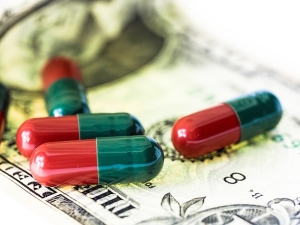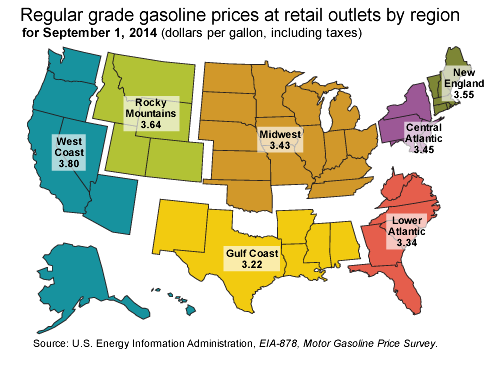
The healthcare product royalty market is likely worth over $100 billion.
Without a doubt, one of the fastest growing private equity markets in the last decade has been the market for healthcare product royalties—royalties derived from the end sale of pharmaceuticals, medical devices (also known as medical technologies), and diagnostics. I’ve written previously about how these royalties are valued, and here I have added more about the marketplace that has developed for royalty transactions.
We haven’t seen any studies evaluating the size of the market, but we estimate the total value of royalties at over $100 billion. Over 25 private equity and venture capital firms have raised a total of at least $20 billion in capital to acquire these royalties in the last decade. As just one example of the scale of transactions in this market, in November 2014, Royalty Pharma announced a $3.3 billion deal to acquire cystic fibrosis treatment royalties from the Cystic Fibrosis Foundation.
Because specialized expertise is required in this market, investors in this space can often see returns in the mid-teens unlevered, with returns in the 20% or higher range on a levered basis. Hence, this market continues to be of great interest to the participants.
How did the royalty market develop?
Twenty years ago, the royalty market was relatively unknown. It was borne out of the confluence and growth of three factors:
- The fundamental concept was borrowed from the oil and gas industry, where royalties and other kinds of factoring had already been deployed with investors. A related analogue was the creation of Bowie Bonds, when David Bowie securitized 10 years of his royalties on 25 of his previous albums in 1990. You can get the full story on Bowie Bonds in one of our previous blog posts.
- Many healthcare venture capital funds were achieving their return objectives, others were not. They suffered from the binary risk of drug approval—if a drug did not receive approval from the FDA, the venture firm lost all of its investment. In an investment on a royalty stream on an approved, commercialized drug, this risk virtually does not exist (unless the drug is recalled, which has become known as the “Vioxx risk”). Limited partners, the entities calling the shots on allocating funds to healthcare out of pension plans, endowments, and wealthy family offices, preferred this latter kind of risk.
- The suppliers of royalties, primarily early-stage biotechnology companies with a drug on the market and universities, became educated on the advantages of selling off some or all of their royalty holdings.
In the early years, DRI Capital (formerly known as Drug Royalty Corporation), CRG (formerly Capital Royalty), Paul Capital, and Royalty Pharma really dominated the market, each acquiring royalties where they saw value in developing their own specific viewpoint on a drug’s potential. [In the spirit of full disclosure, I used to be employed at DRI Capital.]
What are present trends in the royalty market?
As the market has developed, we’ve seen a few trends in the selling of royalties:
- More of the deals have been structured; that is, involving the inclusion of other assets (real property, for example) in the private equity transaction in addition to the royalty, the potential for warrant coverage, and even other drug assets. A fund called Athyrium has been a leader here. TPG has also come into this market.
- Venture capital firms have carved out some of their capital specifically for royalty and credit transactions, perhaps most notable being Longitude Capital with its CrownWheel Partners fund.
- Intra-industry transactions have also occurred. For example, in 2013, Ligand Pharmaceuticals acquired royalties and milestones from Selexis SA. PDL BioPharma, a biotech look-alike, is really a publicly traded royalty fund that acquires royalties.
What drives returns in the royalty market?

Healthcare product royalty transactions often help fund further research.
So what sustains returns in an industry with so many new entrants? As pharmaceutical companies experience patent losses, their thirst for new drugs increases, driving their need to license drugs at increasingly higher royalty rates, oftentimes now well over 30% of sales. Biotechnology companies, typically victim to the vicissitudes of the financing market, sell royalties when they lack access to the capital markets, and universities and hospitals sell to fund expansion and operating budgets. So with as much demand as there is for royalties, there continues to be new supply, and as aforementioned, new structures.
Greenfield Advisors leverages its experience and background in the drug royalty industry to provide our clients with the information and tools they need to make the right decisions. Find out how we can help by calling 770-334-3952.






Recent Comments